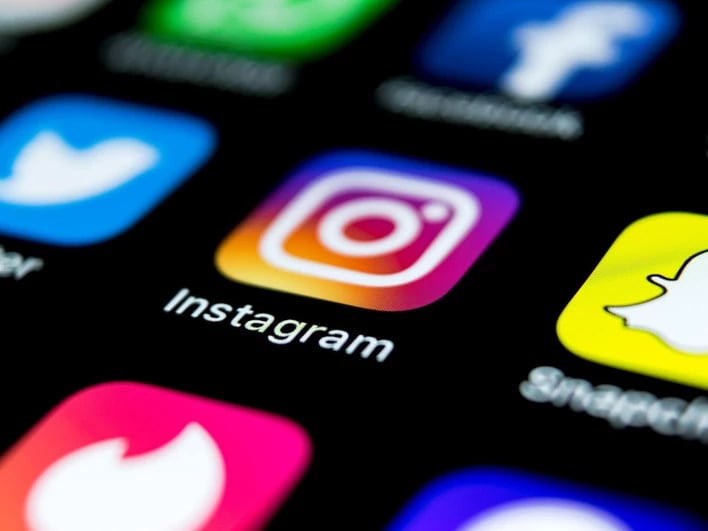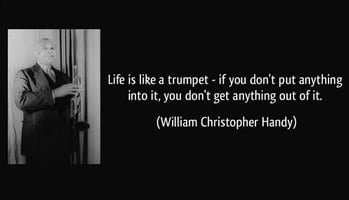June 2, 2015
How Brands Monitor and Use Instagram
November 18, 2019

Working with and listening to our customers at Buying Intelligence, we have heard loud and clear that Instagram is the platform of choice as THE reference point for what a brand’s competitors are up to. When it comes to Instagram, what started as a relatively simple application that enables users to privately or publicly share a photo with a caption, which followers can then like and comment on, has evolved into a multi-faceted platform.
Technological innovations have seen advanced features added on to the platform, which currently include individual photos and videos, as well as carousels, twenty-four hour stories, live videos, music, gifs, filters and product tags, among others. Now, almost a decade since its launch, the platform has generated over 50 billion photos shared to date, with over 100 million photos and videos uploaded per day, and 4.2 billion likes per day. Instagram has over 1 billion active monthly users, over 500 million active daily users, and over 25 million business users.
There is no doubt that the platform provides a great opportunity for both individuals and businesses to reach a wide global audience and to share whatever it is they want to share, whichever way they want to. It comes as no surprise that in the years since Instagram grew to become part of the daily lives of countless individuals across the globe, it has also changed the professional lives of countless entrepreneurs and influencers, as well as the business models of countless businesses.
Instagram’s capabilities for visual story telling couldn’t be more ideal for fashion brands in particular. Through the platform, well-established, as well as up and coming brands are able to communicate directly to their market and grow their customer engagement either organically or through sponsored posts. They can share an image from their upcoming campaign, upload a carousel of their latest products, share behind the scenes videos, live broadcast their fashion show or even create a gif that customers can use themselves on their own stories.
Brands are no longer limited to traditional marketing and advertising campaigns that usually require a long lead time and large budgets. Now, brands are not just able to communicate their ethos, and share their latest products and collections but, perhaps more importantly, they’re able to connect with their customers on a daily basis and on a more personal level. This creates the unprecedented opportunity for both businesses and public figures to build a community, generate personal engagement and establish customer loyalty.
Beyond providing vast opportunities for marketing activities, Instagram also provides business users with insights on their audience. It’s practically a treasure trove of customer data through its own integrated insights, as well as third party analytics tools that users can integrate. Brands are not only able to determine the general demographics of their followers and wider audience, but they’re also able to understand their evolving behaviour, interests and preferences through the posts they like, save, and personally respond to. Brands are then able to gauge how well their marketing strategies are performing, how it resonates with their audience, if it translates to sales and how to adapt or improve it accordingly.
As Instagram continues to develop and provide users with added functionality, as well as means of engagement, brands will have to quickly adapt and maximize the use of the platform to help their businesses grow.



